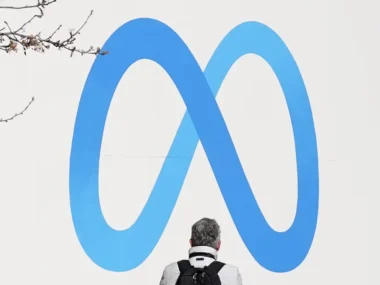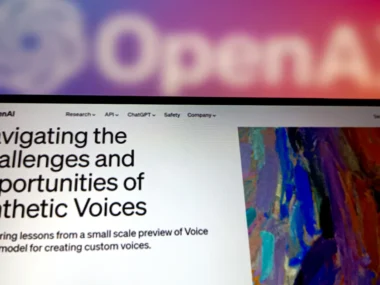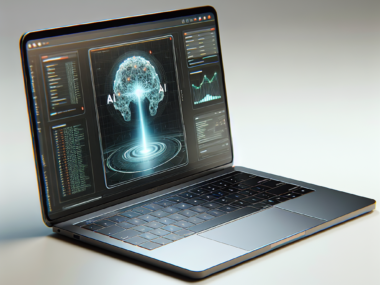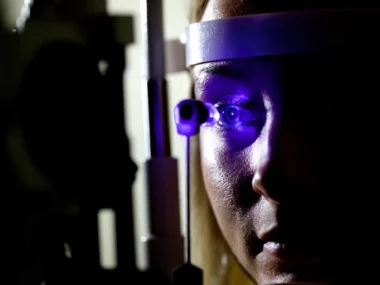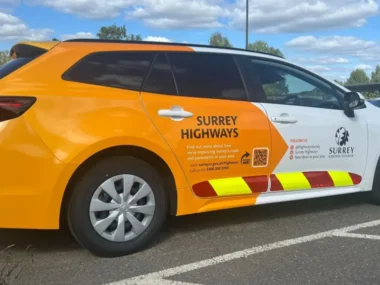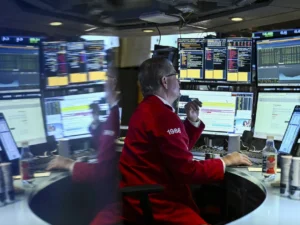Imagine waking up in ancient Rome 2,000 years ago, drifting along the Nile in Egypt, or walking through plague-stricken London in the 1300s—complete with immersive sights, sounds, and daily hardships.
Recently, AI-generated videos depicting first-person perspectives of historical eras have gained massive traction on TikTok.
Two creators behind these viral videos, Dan from the UK (POV Lab) and Hogne from Norway (Time Traveller POV), share their motivations. Dan tells the BBC that presenting history from a first-person view “offers a unique way to bring the past to life.” Meanwhile, 27-year-old Hogne believes his videos introduce people to “fascinating historical moments while helping them learn.”
Despite captivating millions, historians have raised concerns about the accuracy of these portrayals. Do these videos truly reconstruct history, or are they polished, modernized depictions designed for engagement?
One of Hogne’s most popular videos—showing misty medieval streets, coughing townspeople, and the distant chime of a plague doctor’s bell—has amassed 53 million views. While intriguing to many, historian Dr. Amy Boyington criticizes it as “amateurish” and more “evocative and sensational” than accurate. “It resembles a video game, creating an illusion of realism while distorting historical facts.” She highlights errors such as houses with large glass windows and a train track—features that did not exist in the 1300s.
Similarly, historian and archaeologist Dr. Hannah Platts has identified inaccuracies in a video depicting Mount Vesuvius’ eruption in Pompeii. She notes that Pliny the Younger’s firsthand account contradicts the video’s depiction of lava spewing everywhere. “Ignoring such well-documented evidence feels careless,” she says. Smaller details also stand out—wine glasses with stems, pepper mills, and upright dining chairs were historically inaccurate, as Romans reclined while eating. Even the bread roll in the video appears modern, despite actual carbonized loaves from the period being well-documented.
Dan, who created the Pompeii video, acknowledges these inaccuracies. “AI-generated content isn’t flawless. While I aim for historical accuracy, the goal is more about capturing the essence of an era rather than producing a fully authentic recreation. These videos are artistic interpretations rather than strict documentaries.”
“Distort historical accuracy”
However, Dr. Boyington expresses concern over how these artistic reinterpretations could influence historical narratives.
“This can be quite dangerous, as history could be manipulated—someone might create an AI-generated video that supports Holocaust denial, for instance.”
While many viewers recognize these videos as fictional, the primary concern is for younger audiences encountering these depictions as their first exposure to a historical period.
Dan dismisses these concerns, emphasizing that his videos “are not meant to be taken as strict historical fact.”
“I encourage viewers to research history on their own if they’re interested. These videos are meant to spark curiosity about the past, not replace actual historical education.”
Hogne acknowledges his responsibility as a creator, stating that he has been working to improve historical accuracy—especially given the massive reach of his content.
Dr. Platts warns about the risk of misinformation spreading unchecked, noting that some viewers in the comments appeared unaware that the AI-generated scenes were not historically accurate.
“With more students now using AI, the real problem arises when they see something like this and later present it as fact.”
Dan ensures that all his videos are clearly labeled as AI-generated, while Hogne argues that misinformation predates AI, adding, “People need to think critically about everything they watch.”
‘Can have immense benefits’
All the historians interviewed by the BBC acknowledge that Dan and Hogne’s videos have some value.
Dr. Boyington describes them as a “gateway into history” that can inspire independent research. Professor Elizabeth Frood, an Egyptologist, agrees that “if done accurately and reliably, these videos can greatly benefit the public by increasing historical interest and awareness.”
Barbara Keys, a US history professor at Durham University, reviewed an AI-generated video depicting a worker at the Chernobyl nuclear power plant on April 6, 1986—the day of the explosion. While she sees potential in such videos, she criticizes the lack of transparency regarding the AI’s source material, calling it a “black box.”
One major inaccuracy she identifies is that the reactor is shown in a post-disaster state rather than how it appeared before the explosion. “This gives the misleading impression that Soviet technology was inherently poor, when in reality, it was highly advanced.”
She also believes that the videos’ popularity is driven more by public fascination with AI than by their historical content. “The video itself isn’t particularly informative about the accident or its aftermath, so the real interest seems to be in what AI can do.”
Prof. Frood shares concerns that many AI-generated videos lack accuracy and reliability, emphasizing that historical reconstructions should be rooted in thorough research and verifiable sources.
Commenting on a video depicting life as a child in Egypt in 1250 BC, she notes how AI tends to “oversimplify complex ancient civilizations.”
“Egypt’s history spans thousands of years, but viewers might not realize that this is just a single snapshot,” she explains. She also identifies a specific error—a teacher reading hieroglyphs backward when they should be read from right to left—suggesting that the video was “poorly researched.”
Hogne, who created the video, acknowledges its inaccuracies, attributing them to AI’s current limitations. “AI still makes a lot of mistakes, but future tools will improve.”
“I try to catch errors when I can, but I’m not a historian, so I don’t always notice smaller details,” he adds.
Regarding concerns over the lack of source transparency, Hogne says he may consider linking references in the future. “It would be great to make these videos completely accurate with proper sources, but since I’m working alone, and each video takes around eight hours to produce, it’s a challenge.”
How do you create these videos?
Hogne relies on ChatGPT to gather information about historical periods, asking for details on people and landscapes. He then generates an initial image of a figure looking out over a scene, refining it through multiple iterations to achieve the desired result.
Dan, on the other hand, spends around four hours creating each video, using various AI tools to produce high-quality images, animate them, and add realistic sound effects.
Before starting, he watches videos and reads historical documents to ensure some level of accuracy in his work.
“You have to provide the AI with every detail, from ‘traditional Italian robes’ to ‘cobblestone floors,’ or else it will improvise and add elements that don’t belong,” he explains.


